6 Reliable Guided Reading Tips That Work!
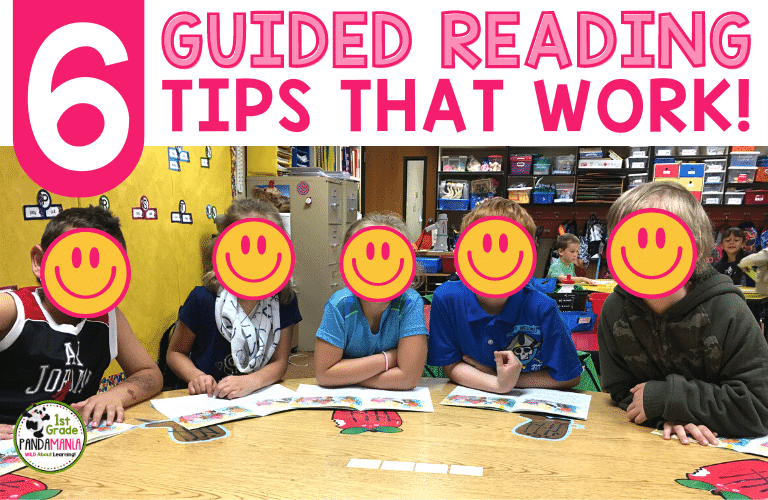
Guided Reading…When you’re new at it, it can be challenging. Even when you’re NOT new at it!
We primary teachers are constantly looking for that secret guided reading tip that will help our groups run more smoothly.
We dream of having students who:
- Come to the table RIGHT when we call them
- Are ready to learn and not talk about how Grandma is coming to visit
- Look at the teacher or point to the text
- Are excited to learn and meet their goals
Well, I may not have all the answers, but I can give you a few reliable guided reading tips that have worked wonders for me over the years.

Be Explicit About Your Guided Reading Expectations
Never assume your students know what you expect during guided reading.
- Tell them
- Show them
- model them
- praise and reward them
- REPEAT the above OFTEN
A visual like the one above is a good thing to refer to often. Grab these posters here and read more about teaching behaviors and expectations in 1st grade here!

Reward Them at the Reading Table
I’m not talking about repeated trips to the treasure box.
Keep it simple.
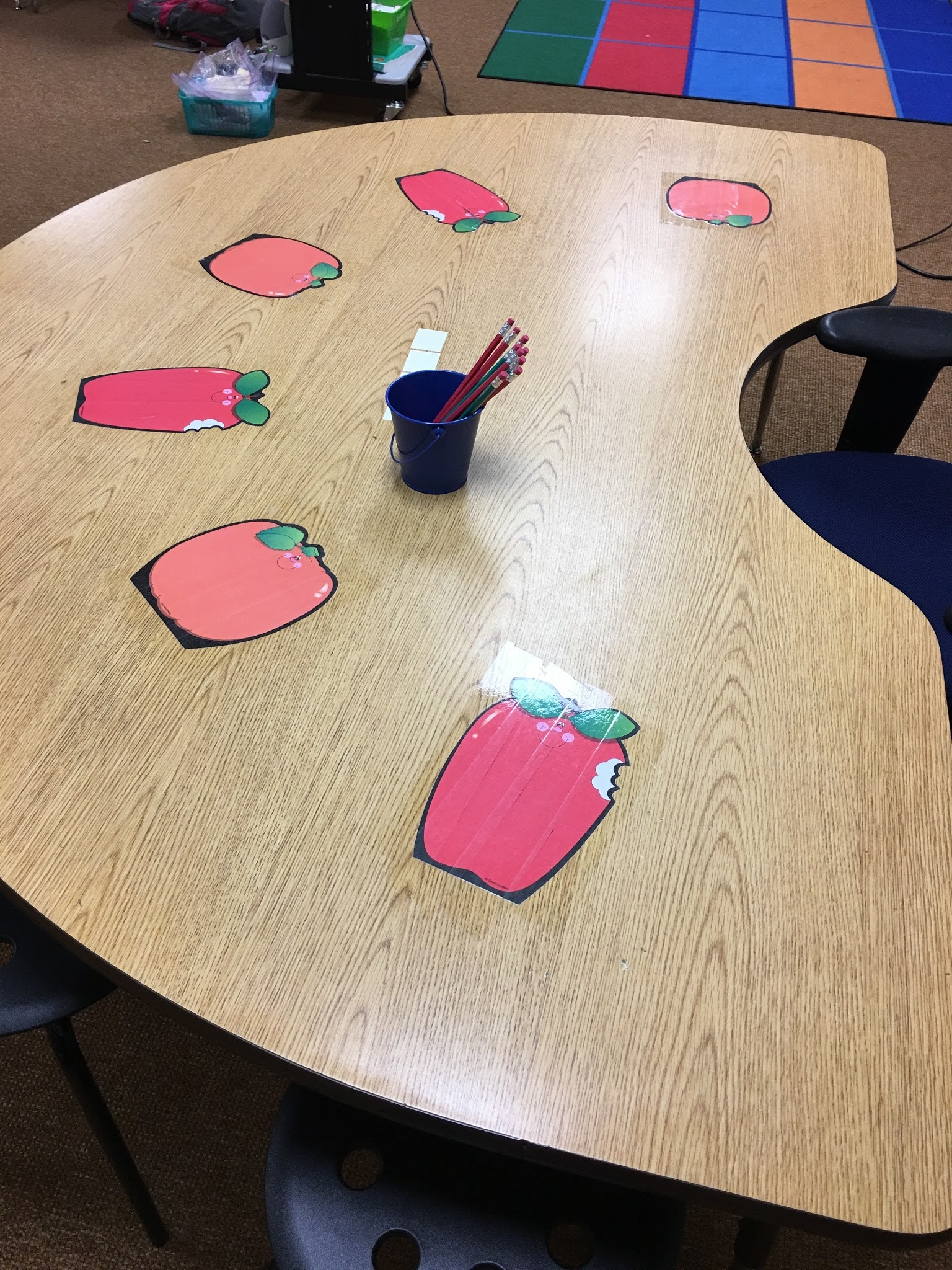
I like to give tally marks each time I see students following the expectations listed on the behavior poster. I tape down seasonal notepad papers where I can quickly give tallies. Notice the notepad papers are alternately taped as apples and pumpkins? I will talk about this later in tip #5.
An alternative to this is to start each student with 5 tallies and the goal is to keep them. Either way, at the end of your group time, students with 5 tallies (or whatever number of tallies you use) get to move their clip up. Here you can use whatever simple reward. My students work hard to move their clips on the clip chart so this works for me.
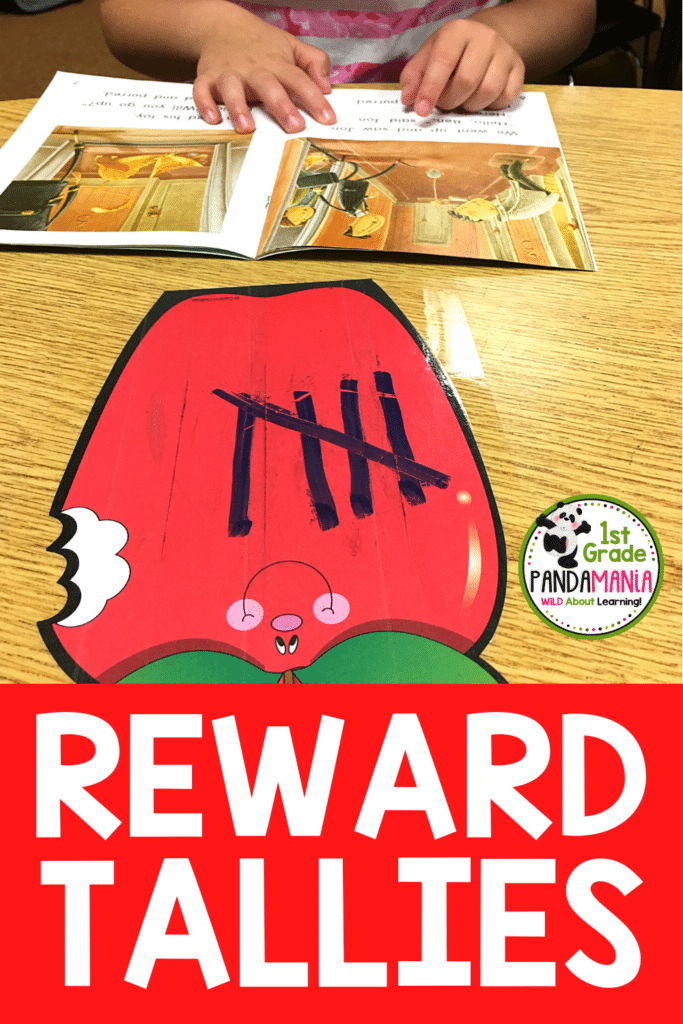
Something to note: Don’t waste precious instruction time commenting each time you make a tally. Just give tallies when they are doing the right thing. They know what they are doing right!
Other students see it too and will try to do the same. Make them responsible for their learning behaviors. Once in a while, it is important to comment on good behavior, but if there is too much teacher talk, you will lose instruction time.

Have All Materials Readily Available
As soon as you are searching for materials while students are ready at your guided reading time..you’ve lost them! The time you spend getting materials organized and ready is time very well spent.
You should be able to quickly grab and teach.
Here are some great blogs to check out what materials I use and how I instruct my groups using this guided reading tip:
- Guided Reading Lessons in 1-2-3
- TARGETED Guided Reading
- See The Power of The Fluency Speed Drill + Sampler!

Use A Targeted Guided Reading Instruction
We just talked about having material readily available and organized, but targeted instruction is my most IMPORTANT guided reading tip to share because..
Targeted instruction works like this:
- Test
- Review the data
- Determine your students’ individual literacy needs
- Group them
- Target instruction according to their needs
I use a targeted guided reading plan to help keep myself focused on each group’s needs. Learn how to plan your targeted reading groups now!
-
Product on saleGuided Reading Lesson Plan Template and Resources K-2 Fillable FormsOriginal price was: $30.00.$10.95Current price is: $10.95.
When I target my instruction to their needs, it’s like writing a prescription just for them!
So I’m careful to make sure what I plan is exactly what they need based on the testing data. If my testing data is not complete or doesn’t tell me what I need, then I need to find different testing materials. We use dibels testing, sight word testing, and comprehensive testing that comes with our Houghton Mifflin Reading series.
From this testing, I can determine their level for:
- Phonemic Awareness Skills
- Sight Words
- Word Attack Skills
- Blending Whole Words
- Automaticity with Blending certain sounds
- Reading Fluency
- Reading Sight Words in Text
- Long Vowels, Short Vowels, Blends, Digraphs, etc. within Text
- Retell
- Comprehension Skills
Here is an example of targeted instruction. One of my groups is still working on Phonemic awareness skills. I have 4 small sticky notes taped down in the middle of my reading table that I use every day with them (noted in their targeted reading plan).
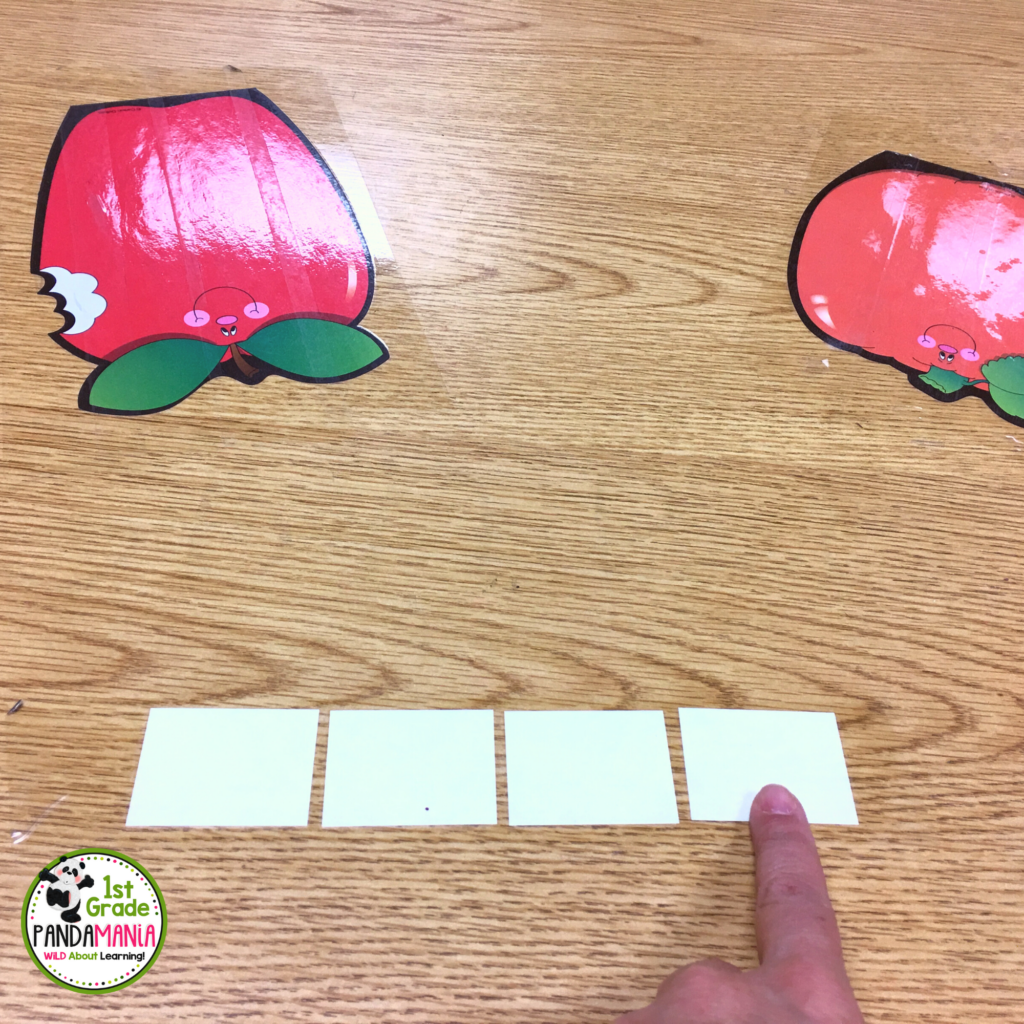
I prompt with:
“Say Trap.” (as I sweep under the 4 sticky note boxes), (they say trap), I say “Sound” (they say the 4 sounds as I point to each box).

Keep Teacher Voice to a Minimum
The more the teacher talks, the less time students have in text. That’s what we want right? More time in REAL text. Here is an easy way to keep your prompts and instruction to a minimum.
Example 1:
Remember the apples and pumpkins I taped on the table in tip #2? I use those quickly to call on the students to read.
I say: “apples” or “pumpkins” or “girls” or “boys”
And I do it quickly in a flow so their fingers don’t move from the text and they don’t even have time to look up at me. The flow is IMPORTANT to keep them reading.
Example 2:
When we are reading from charts or focus boards, I give quick prompts like: “sound” and “read”
Quick prompts give more time for staying engaged with the lesson and less time to look away and be disengaged.
Here is a quick 13-second video to show you the prompt “sound” and “read”:
I use the same prompts when a word is missed while students are reading text. If there is a hesitation before a word or a word is missed, I prompt with “sound”. Students know they are to sound the word out.
These Phonics Charts are a great activity to use this new technique!
Note: These prompts are taught early on in the year. Learn how to prompt and guide your students here!
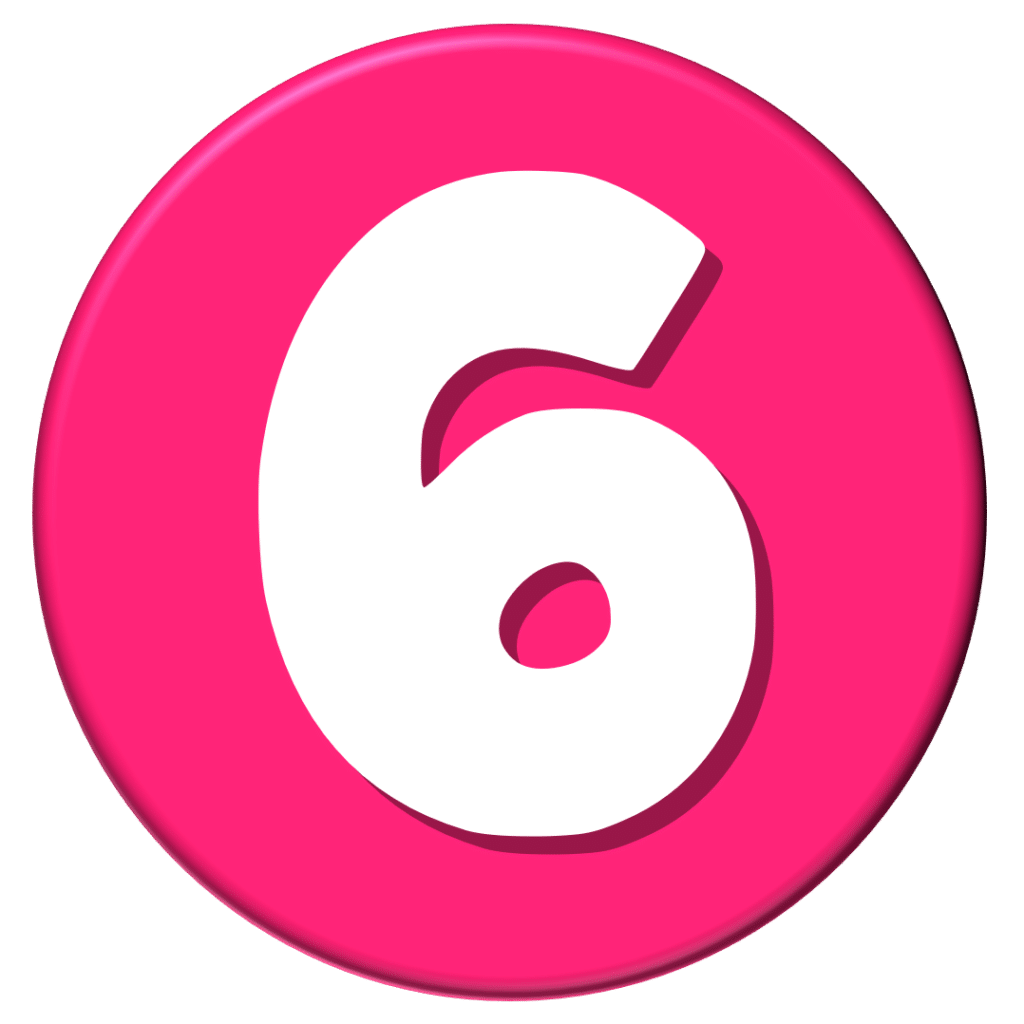
Use Must Do May Do Instead of Rotating Reading Centers
Don’t waste precious guided reading instruction time with rotating centers. I’ve blogged about this guided reading tip A LOT.
That’s because I’m a true believer in using every minute of guided reading instruction time to its fullest!
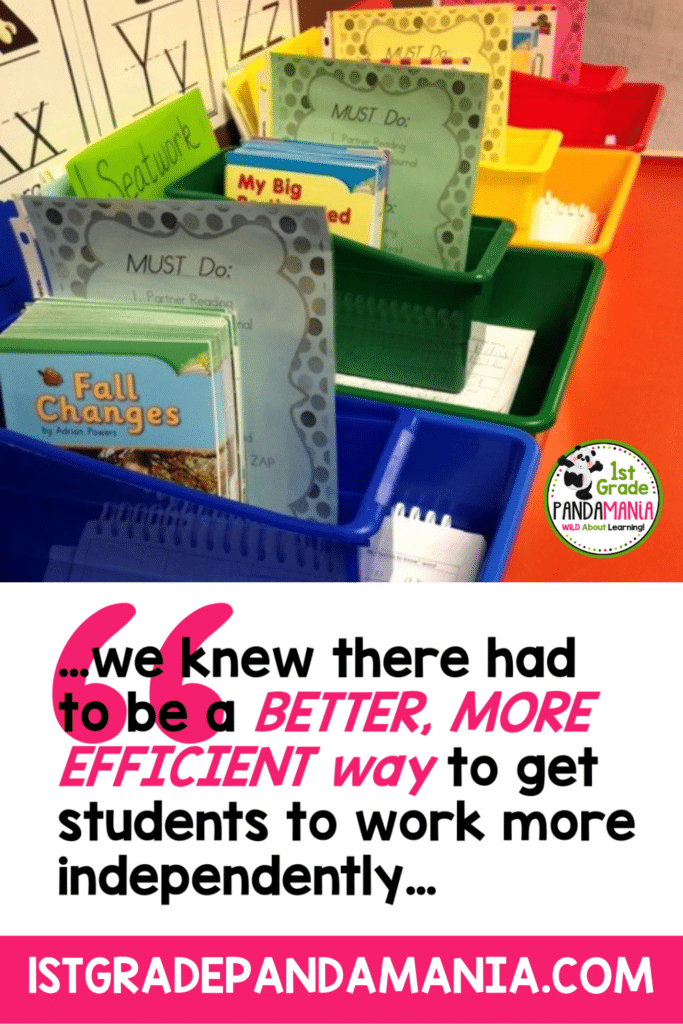
Stopping students from working at centers, turning wheels, or moving names on a pocket chart is stopping the flow and wasting instruction time.
Keep them working at their seats and just call up your group. At each group’s table, have a list of MUST do activities and MAY do activities and include all material in a handy tub. Students work through their differentiated materials while you are teaching and there is no wasted time while they complete their work on their own.
Read ALL about this Must Do May Do Strategy HERE and please reach out with any questions!
I hope these 6 reliable guided reading tips start working for you as much as they do for me. If you have any questions please comment below!
Looking for more guided reading tips? Check out these blog posts:
- 6 Key Steps to Preparing The BEST Guided Reading Lessons!
- Discover 4 Important Guided Reading Must-Dos Now!
- How to Manage Buddy Reading + FREE Anchor Chart!
Thanks for stopping by!
-
Product on saleHMH Into Reading Sight Words and Spelling Homework 1st Grade 2020Original price was: $4.00.$2.00Current price is: $2.00.
-
Product on saleChristmas Activities for the Classroom BIG Bundle (1st and 2nd Grades)Original price was: $18.45.$12.91Current price is: $12.91.
-
Product on saleHMH Into Reading Spelling, Sight Words, Vocabulary BUNDLEOriginal price was: $62.20.$49.95Current price is: $49.95.
-
Product on saleHMH Into Reading Challenge and Regular Spelling Lists BUNDLE 1st Gr. 2020Original price was: $7.00.$5.60Current price is: $5.60.
-
Product on saleLong Vowel Worksheets Phonics Activities BUNDLEOriginal price was: $17.00.$15.00Current price is: $15.00.
-
Product on saleShort Vowel Worksheets Phonics Activities BUNDLEOriginal price was: $24.00.$19.95Current price is: $19.95.
-
Product on saleFluency and Comprehension Passages with Long and Short Vowels BUNDLEOriginal price was: $9.00.$7.50Current price is: $7.50.
-
Product on saleGuided Reading Lesson Plan Template and Resources K-2 Fillable FormsOriginal price was: $30.00.$10.95Current price is: $10.95.

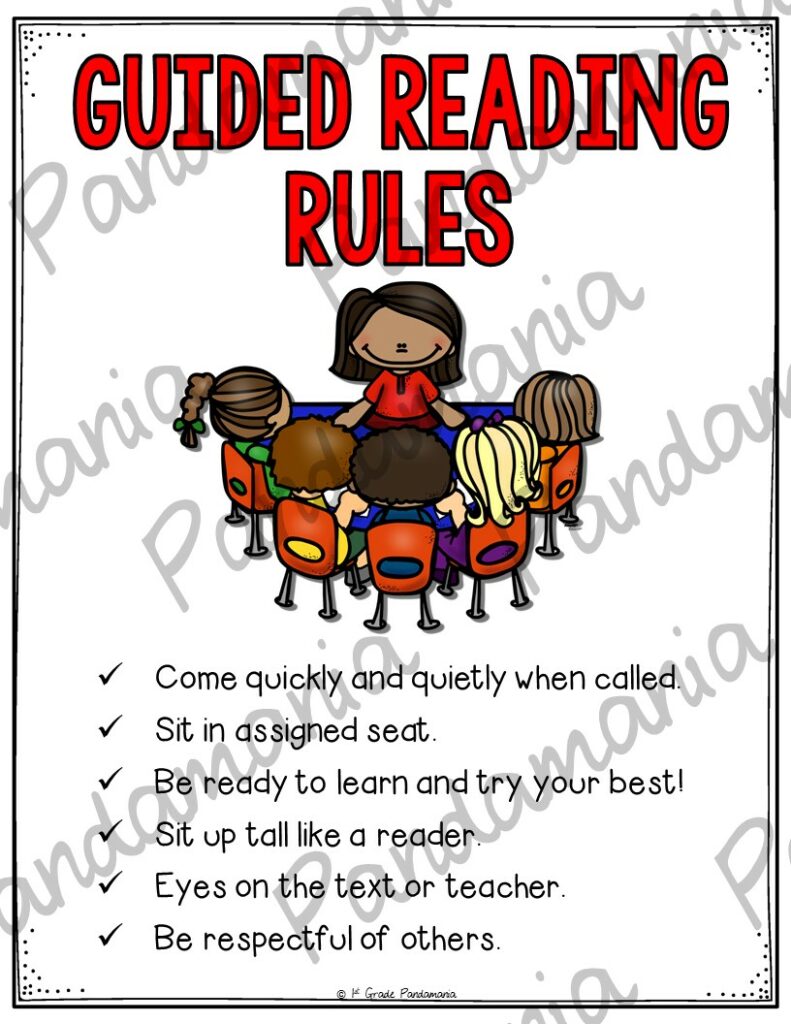
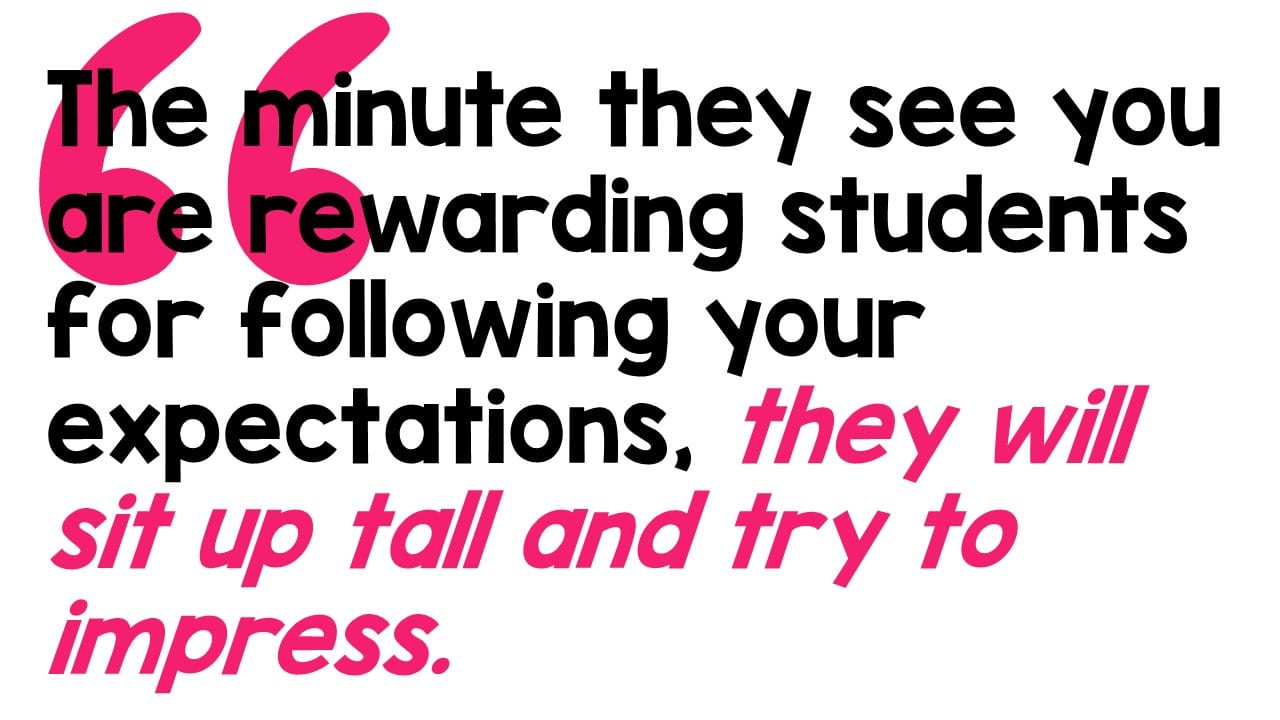
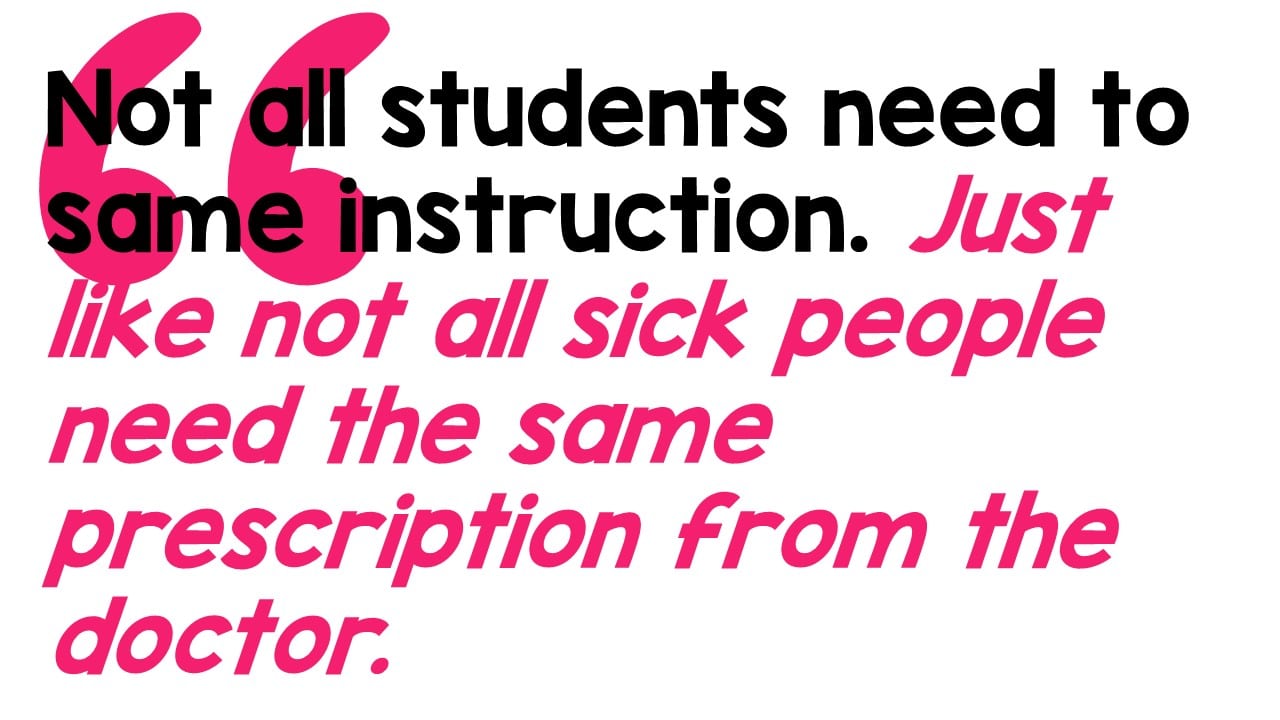

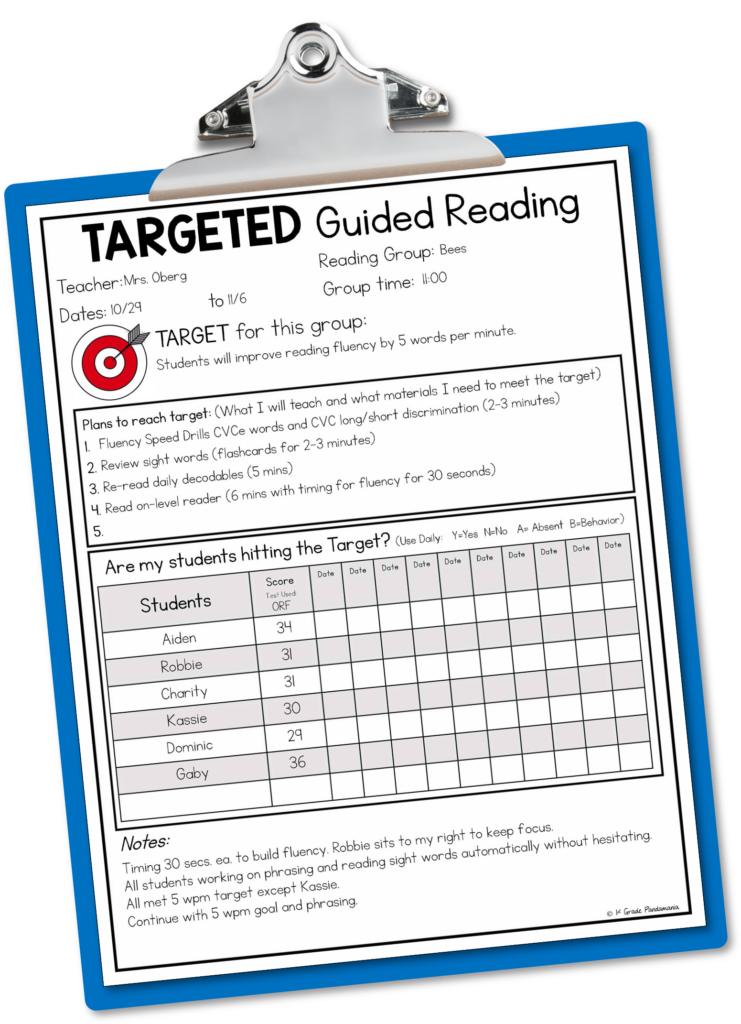
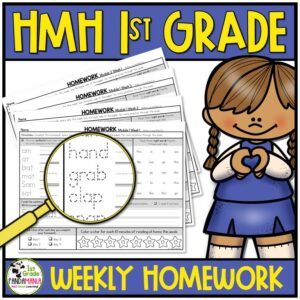

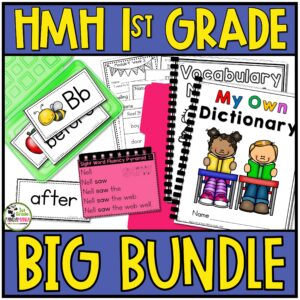
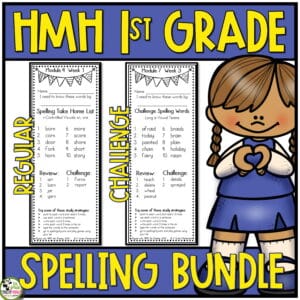
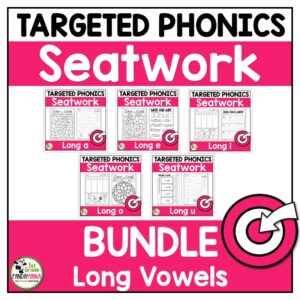
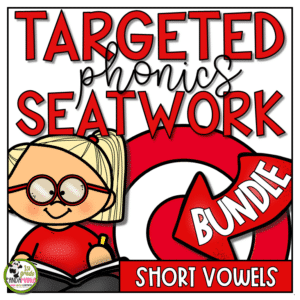


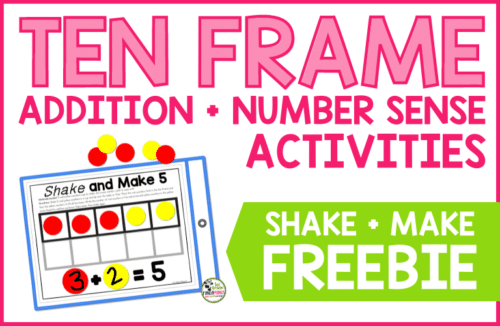
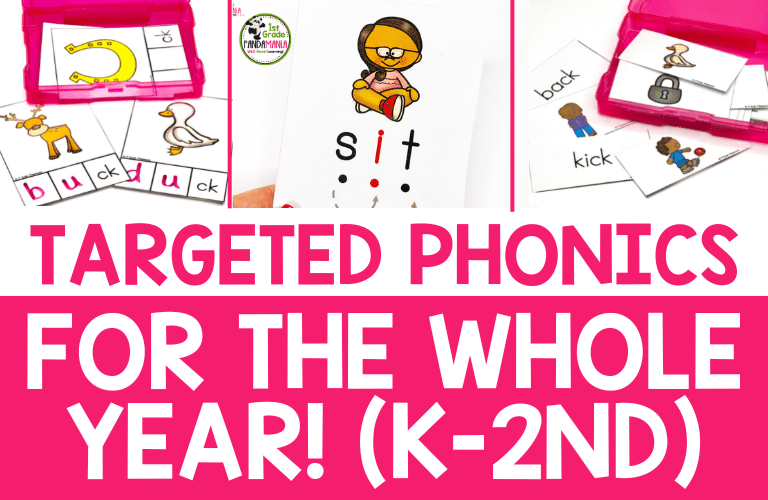
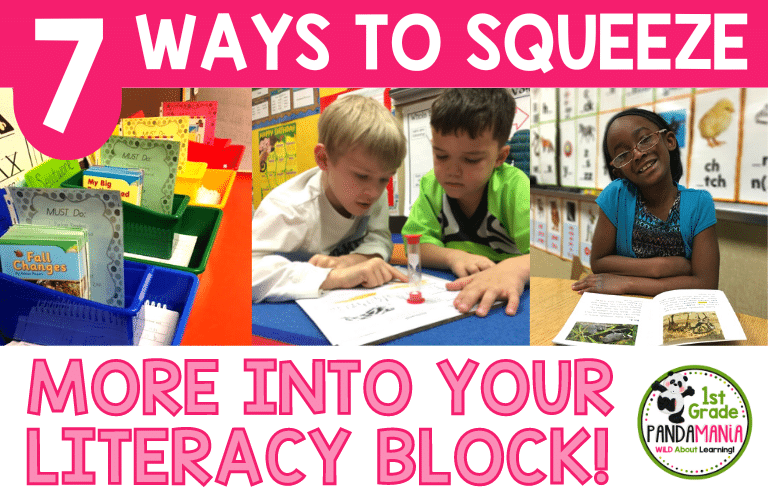
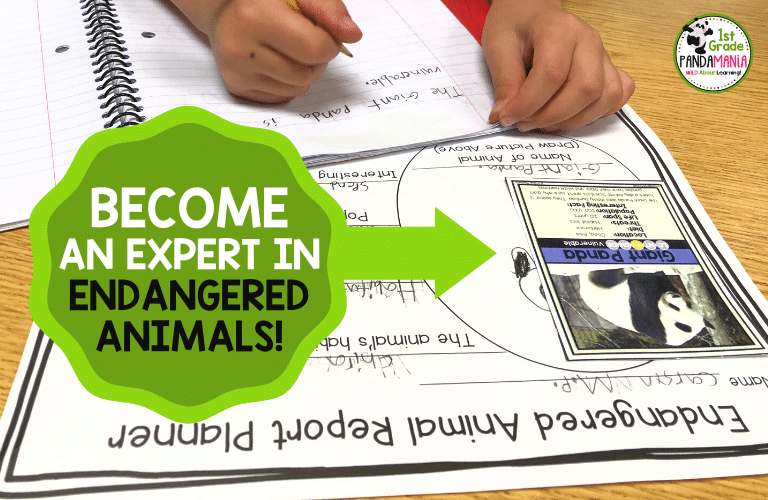
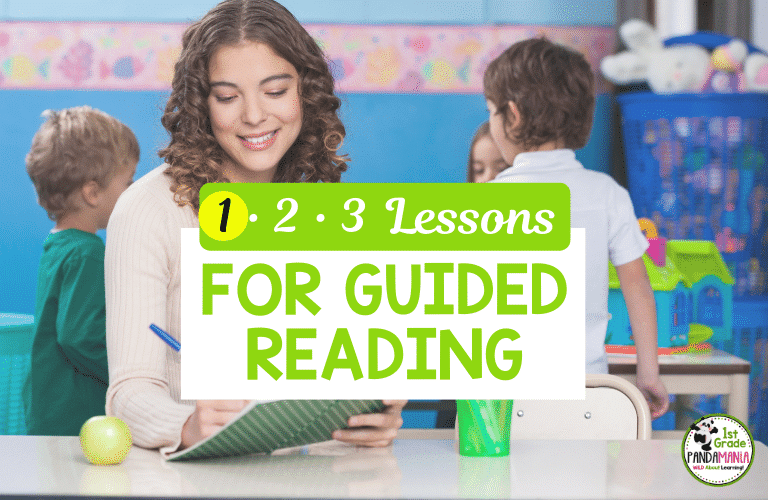
I have been looking for an alternative to rotating my reading centers!! Last year was a breeze with rotations this year is quite different. So this weekend I guess I will be revamping my groups!! Fingers crossed for success!
Which HP printwr do you own?